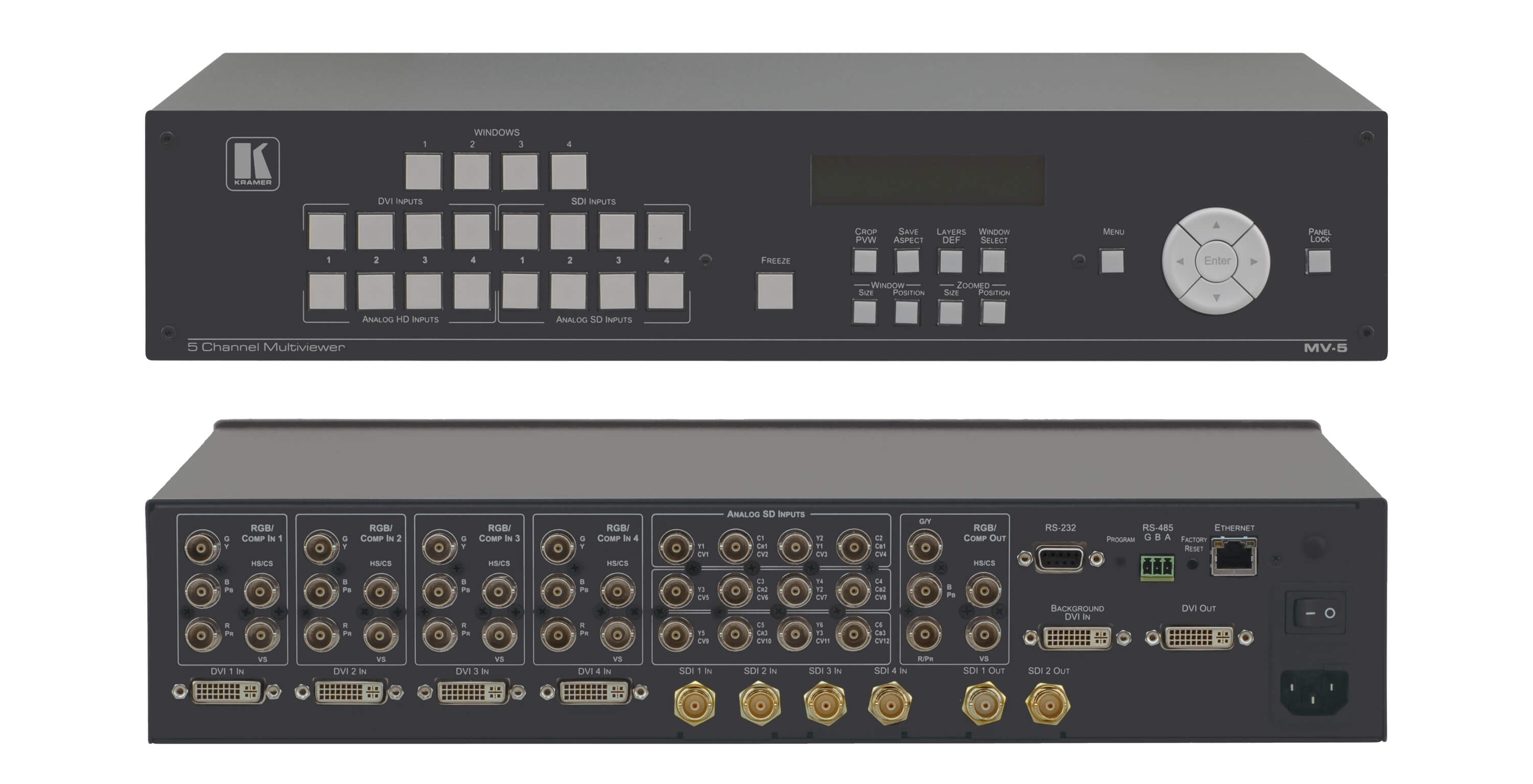


Optical trapping of whole cells has been introduced in the very early phase of the development of the approach, and has been pursued subsequently. Among countless application examples, like study of DNA and DNA-associated proteins, mechanical protein folding-unfolding, study of molecular motors at the single-molecule level, etc., optical trapping offers great advantages in the manipulation of whole cells, too. In fact, thanks to continuous development the state of the art represents displacement measurements with sub-nanometer accuracy and forces with femtoN sensitivity. The typical fundamental parameters of optical traps - micrometer trap size and pN exerted force - make it ideally suited to manipulate biological objects in 3D as well as to measure forces exerted by biological systems.

The possibility of handling microscopic particles without mechanical contact offers advantages in practically every area of experimental biology. Optical trapping has developed into a widely used approach in manipulation of biological objects. © 2020 Optical Society of America under the terms of the OSA Open Access Publishing Agreement 1. The presented tool and manipulation scheme can be readily applied in various microscope platforms. The image stacks obtained this way are combined into one 3D image array with a multiview image processing pipeline resulting in isotropic optical resolution that approaches the lateral diffraction limit. The total control over the cells' position allows for its multiview fluorescence imaging from arbitrarily selected directions. The cell is firmly attached to the microtool and is precisely manipulated with 6 degrees of freedom. For this, the cells are indirectly trapped and manipulated with special microtools made with two-photon polymerization. In the presented approach, multiview imaging of single cells is implemented by rotating them around an axis perpendicular to the optical axis by means of holographic optical tweezers. A straightforward way to eliminate anisotropic resolution is to fuse images recorded from multiple viewing directions achieved mostly by the mechanical rotation of the entire sample. The optical solutions to this problem usually require complicated optics and extreme spatial stability. Consequently, three-dimensional imaging results in axial resolution that is several times worse than the transversal.

Separate search groups with parentheses and Booleans.Keep it simple - don't use too many different parameters.


 0 kommentar(er)
0 kommentar(er)
